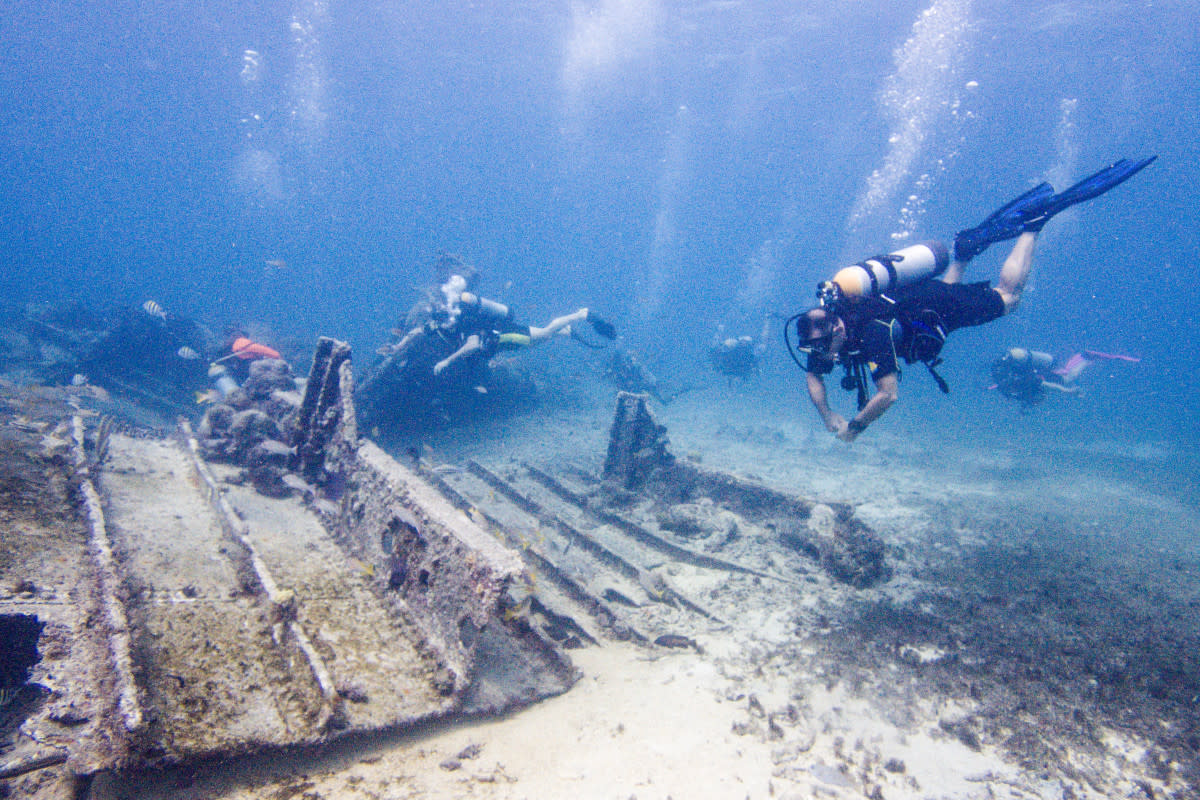Government Takes Huge Step to Protect ‘Holy Grail’ Shipwreck With Billions in Treasure

Colombia has placed a special designation around the “Holy Grail of shipwrecks,” which was found last year in the Caribbean, so that scientists may further explore and preserve the remarkable discovery. Agence-France Presse and CNN reported the news.
The San Jose sank on June 8, 1708, during a battle during the War of Spanish Succession. Its discovery ignited a heated argument between Columbia, Spain, Bolivia, and the U.S., all of whom declared ownership of the watercraft. Colombia, who discovered the ship in 2015, pledged that investigating the wreckage and potentially recovering the treasure that lies within was a top priority of President Gustavo Petro’s administration.
The treasure within the San Jose is estimated to be worth a jaw-dropping $17 billion and includes 200 tons of silver and emeralds, along with an estimated eleven million gold coins.
Colombia having designated the site a “protected archeological area” will ensure its “long-term preservation.” Colombia’s culture ministry added that the sanctions “guarantee the protection of heritage” and allow for the “development of research, conservation, and valuation activities.”
However, the American company Sea-Search-Armadahas is contesting that they found the San Jose in the 1980s. They recently sued the Colombian government in the Permanent Court of Arbitration, hoping to walk away with roughly $10 billion of the estimated treasure.
“This is not a treasure, we do not treat it as such,” Culture Minister Juan David Correa said in a statement.
That case remains ongoing, but it isn’t stopping Colombia from investigating and cataloging the wreck. Officials at the Colombian Institute of Anthropology and History (ICANH) will photograph the interior using non-intrusive remote sensors. Depending on what they find, it could lead to more archaeological expeditions in the area.
“This government is doing something that is unprecedented,” Correa said, “exploring the sinking of the galleon as the possibility of understanding history and culture.”

